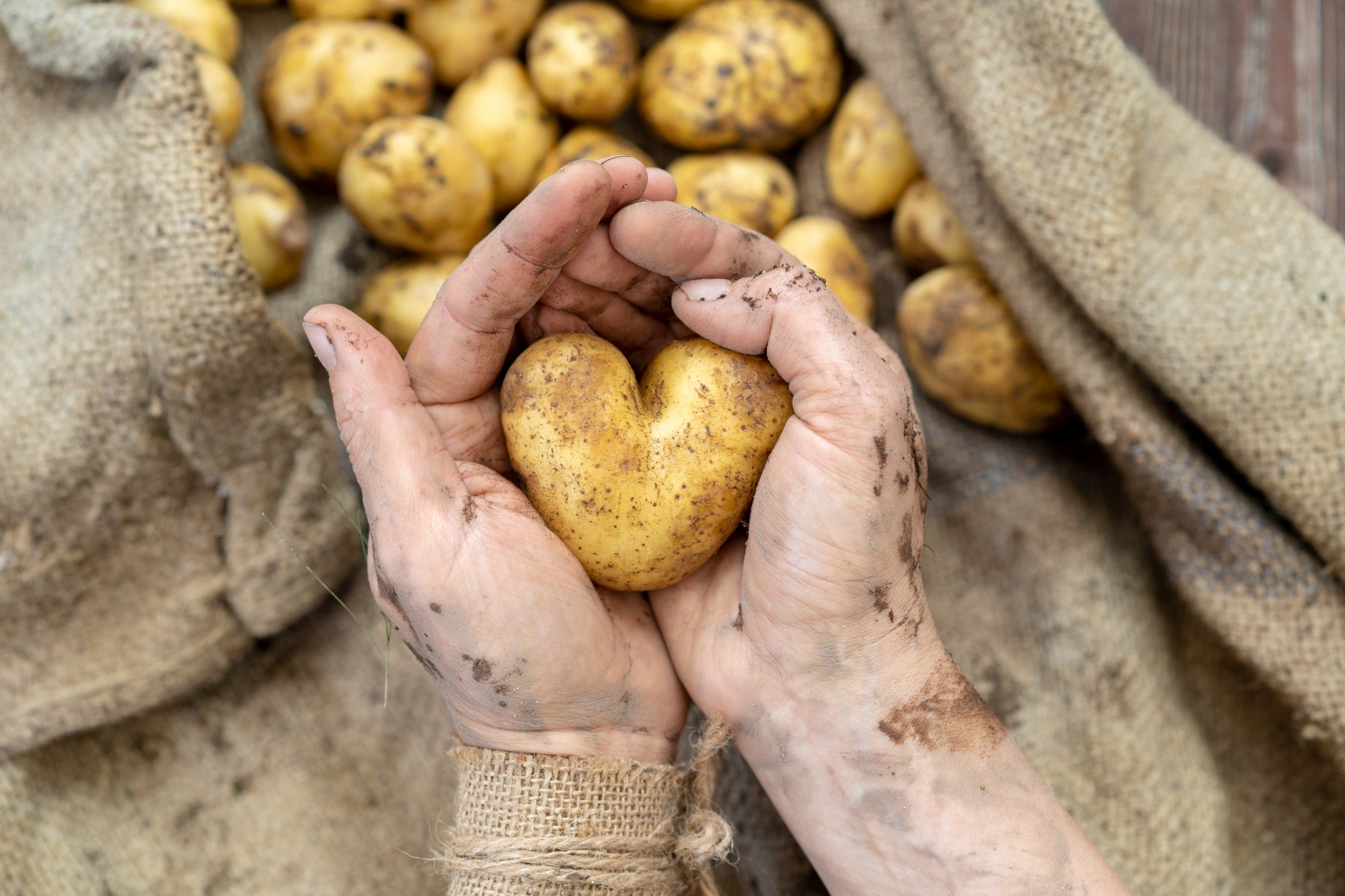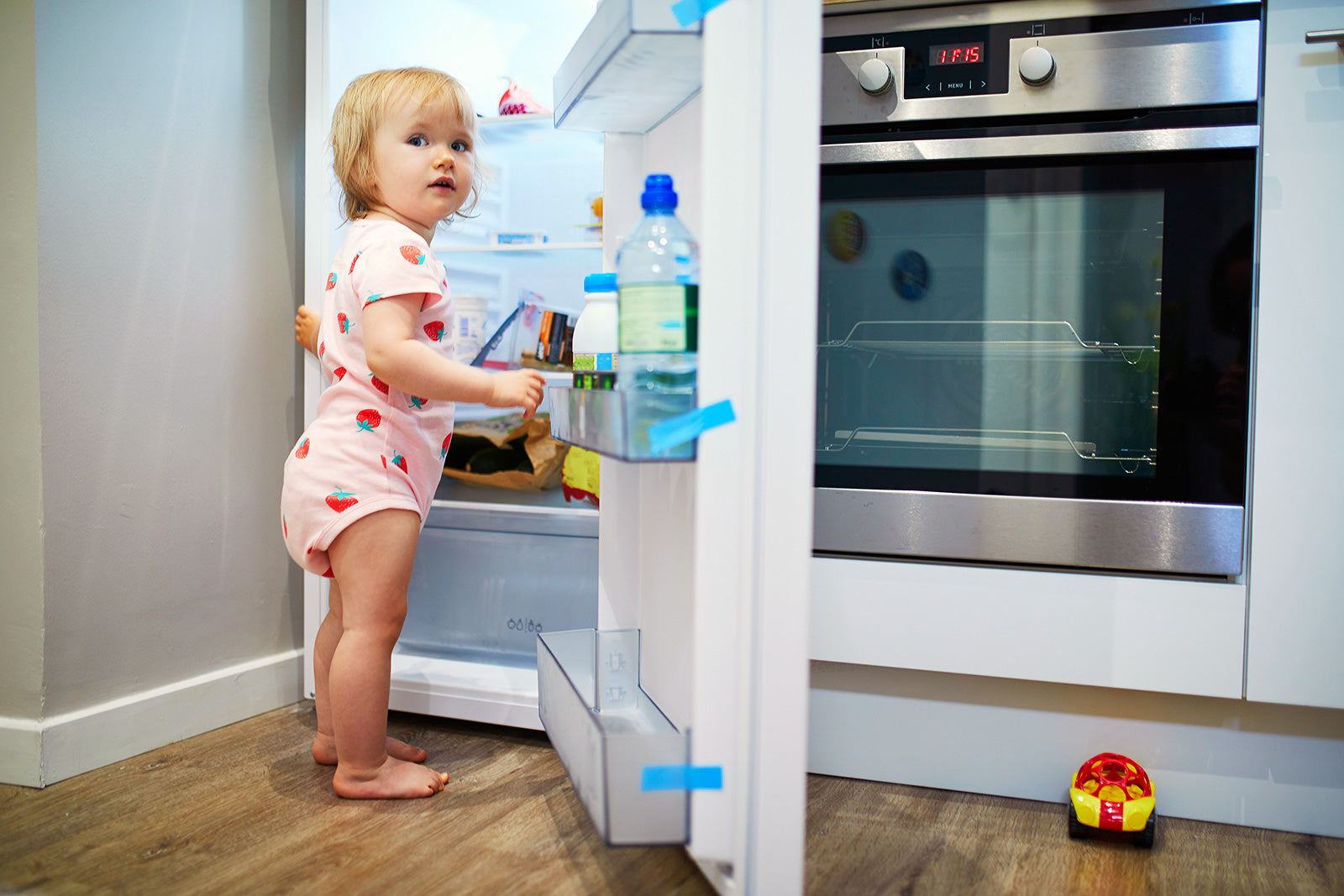Addressing Food Insecurity for Families

Pretty much everyone in the US is feeling the pinch of rising food prices. Memes commenting on the price of eggs are flooding social media pages as people try to laugh through the challenges of feeding a family right now. With the skyrocketing costs, food insecurity for families is a particularly serious issue.
Whether you use formula, breast milk, or both, the bökee is here to make feeding time and bottle prep quick and easy. Our unique tool lets you open, fill, and close bottles with one hand, helping you avoid costly spills. Choose your favorite color today.
Food Insecurity in the US
Data from 2021 shows that more than 10% of American households experienced food insecurity during that year. That means more than 12 million homes had days without access to sufficient nutritious food to meet their needs. The pandemic, job losses, and rising food prices are taking a tremendous toll on families of all sizes.
While income certainly plays a significant role in determining a household’s ability to buy enough food, location is also a big factor. Typically, food insecurity is a combination of both problems: income and location.

More than 50 million Americans live in designated “food deserts.” That is, the area where they live does not have enough nutritious food options to support its residents. Rural communities are the most likely to be food deserts, but they are not alone. Many urban and suburban neighborhoods have only fast food or convenience stores nearby, creating a compound problem by offering expensive, non-nutritious food.
As with many societal issues, food deserts and food insecurity tend to impact marginalized and underrepresented groups more than others. Black families experience hunger at much higher rates than white families. And BIPOC women have the highest rates of food insecurity of all. With high numbers of women dealing with this issue, it stands to reason that many children and infants are also impacted.
Easing Food Insecurity for Families
After rent or mortgage payments, food often accounts for most of a family’s budget. Many folks have to choose between paying their rent and buying groceries. And recently, parents with infants who formula-feed have also had to deal with the national formula crisis.

A lack of adequate nutrition impacts families with infants in a few different ways. For breastfeeding mothers, insufficient nutrition affects their ability to produce enough milk for their babies. And for formula-feeding mothers, the right formula for their infants might be out of their budget or not readily available.
Despite the dire statistics regarding hunger, there is good news, too. Our world can produce enough food to feed all of us. There isn’t a scarcity of food. In most cases, the problem is access and distribution.
Many organizations are working successfully to help create more equitable, consistent access to nutrient-dense foods for individuals and families. And much of this work is happening at a hyper-local level to keep resources within the communities they serve.
Food and Nutrition
Here are some types of groups working to end food insecurity for families around the country.
Gleaners
Gleaning is the practice of gathering crops left in fields after harvesting or from fields where it isn’t financially viable for the farmers to harvest. Gleaning organizations around the US coordinate this process for their members to gather and distribute locally-available food.

And gleaning isn’t only for farms! Many urban areas have food recovery groups that gather excess fruits and veggies from yards and gardens. For families with babies who are eating solid food, gleaning can be excellent for pureeing and freezing since the food is usually very ripe and ready to use.
Food Co-ops
Many towns have food co-ops that are member-owned and operated. They aim to ensure that communities have access to nutritious food, including fresh fruits and vegetables. Co-ops also work with local farmers to help keep food access and production as hyper-local as possible.
Supplemental Programs
Several government programs and initiatives address food insecurity for families with infants. The Supplemental Nutrition Assistance Program (SNAP) helps low-income families afford enough nutritious food for their children. This level of support can reduce the risk of malnutrition and other health problems.
The Women, Infants, and Children (WIC) program offers nutrition education and food assistance to low-income pregnant women, breastfeeding mothers, and children under five. It not only helps families with infants have access to adequate nutrition, but it also provides resources and support for breastfeeding moms.
Local Food Banks

Similar to gleaning groups, food banks work to meet two needs: avoid food waste and feed hungry people. Hundreds of organizations nationwide, many staffed by volunteers, collect nearly-expired food from local stores to distribute in the community.
Many churches, community gardens, and schools participate in these programs to help alleviate food insecurity for families with infants and children…or anyone in need! Food banks frequently have formula available for families, too.
And people might be surprised at what sort of food is available. One group in the Portland, OR area, Your Food Oasis, routinely gathers usable food from Whole Foods, Trader Joe’s, and Basics Market. Their food boxes often include high-end cheese, meat, and other dairy products. They also have treats like whole cakes and boxes of pastries to enjoy!
Nutritious Food Helps To Build Healthy Families
Feeding babies is at the heart of why we started the bökee. We understand the challenges and frustrations that families can face when it comes to feeding their children. Our experience with our babies began in the NICU and included everything from feeding tubes to donor breast milk.

We believe that feeding your family the best way you can is your right, so we do not take part in the formula vs. breast milk battle. Our job is to support you on your feeding journey by making bottle prep a little easier.
Our unique tool suctions to any smooth, flat surface and holds bottles, sippy cups, and more so that you can fill them one-handed while holding your little one. Your baby will go from hangry to happy in no time! Grab your bökee today.




